WEEK 05: Learning Python
Pushing through the Valley of Despair
Every week, I make a visual map of my learning journey — I share what I learn, how I learned it, and how you can too.
Have you ever heard of the Dunning-Kruger Effect? Well, you’ve probably experienced it.
Whenever you start learning something new, you go through 4 stages:
Mount Stupid: The early stage where you’re excited, you’re motivated, and you’re definitely going to finish that online class “this time”.
Valley of Despair: You realize how slow you’re learning, how much there is left to learn, and how easy it would be to just give up.
Slope of Enlightenment: You owned the fact that you won’t be an overnight-prodigy but you keep grinding slowly.
Plateau of Sustainability: After a good chunk of time, you’ve learned a lot — maybe you’re still not a pro, but you’re comfortable with what you know and what’s left to know
This week, I fell straight from “Mount Stupid” to the “Valley of Despair” 🫠
🔨 WHAT I LEARNED
As a new resident in the Valley of Despair, I faced all the typical struggles — like getting caught in “Tutorial Hell” (a.k.a. a state where you’re just watching 5-minute tutorials on auto-play without putting the knowledge into practice).
To get out of this state, I made a list of all of the things I didn’t understand and asked ChatGPT to give me (a lot of) practice problems.
Biggest learning of the week: Dictionaries
Dictionaries are a type of a data structure that lets you store information in pairs (also known as key : value pairs). Here’s an example of a dictionary that stores user information:
Inside of the dictionary, you can see pairs of information — for example, ‘first name’ is a key that’s tied to the value ‘Lewis’:
To practice creating dictionaries on my own, I built a Shopping Cart Application. The application lets you add items to your cart, like Apple Juice 🧃 with its respective price and quantity.
With every item you add to your cart, you’re building a dictionary that looks like this:
Apple Juice is the key and the value contains two pieces of information, price and quantity in a nested dictionary.
Once you’ve finished shopping and you’re ready to check out, the program will print out your “receipt” (the list of items and the total cost plus a 7% tax rate).
👩🏫 HOW I LEARNED
I continued using the Complete Python Mastery class, where I went through “Section 5: Data Structures”. To be honest, this section felt pretty rushed. Every new concept was explained in less than 5 minutes so I highly recommend searching for additional practice exercises to supplement your learning.
After finishing the lessons, I built 3 ChatGPT-recommended projects: a Shopping Cart Application, a Word Counter Tool, and a Flashcard Quiz Game.
🗺 MY LEARNING MAP
A moment of honesty: Learning Python was a lot less exciting this week. I struggled with the course, doubted my abilities, and nearly gave up.
But right in the thick of the Valley of Despair, I felt something I hadn’t felt in a long time — a sense of self-trust. Trust that I’m not a quitter and I can keep pushing even when the path has lost its shine and luster.
Like in every great movie, the Valley of Despair is where the real character development happens. So embrace all of the frustration to come out the other end with more trust in yourself because yes, you can push through 🫶
👾 GITHUB CODE
Find the code here!



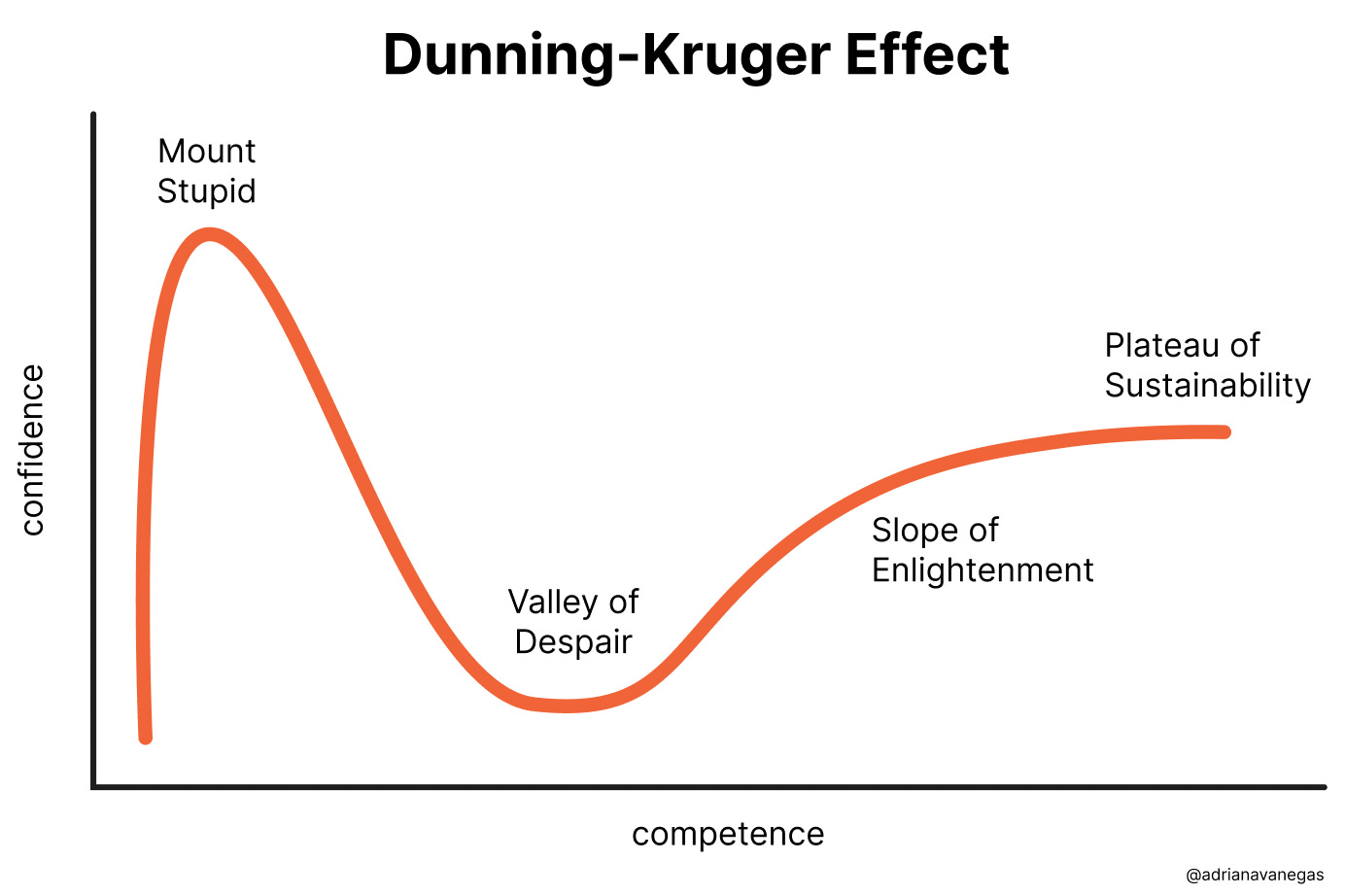
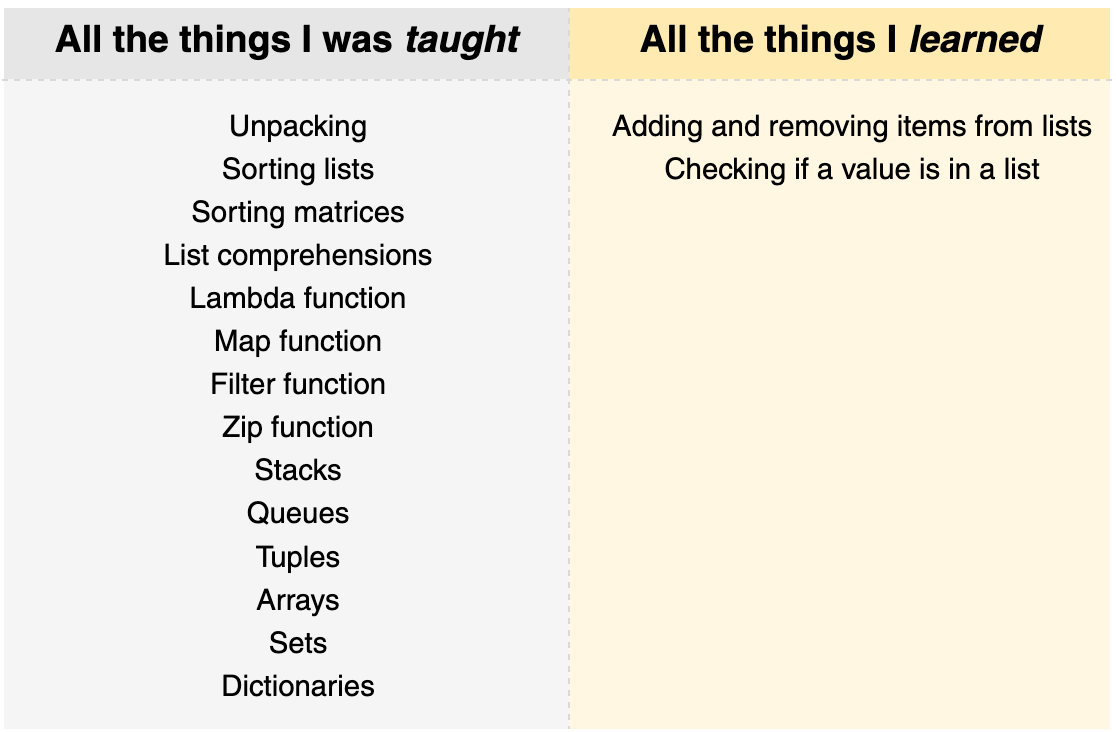


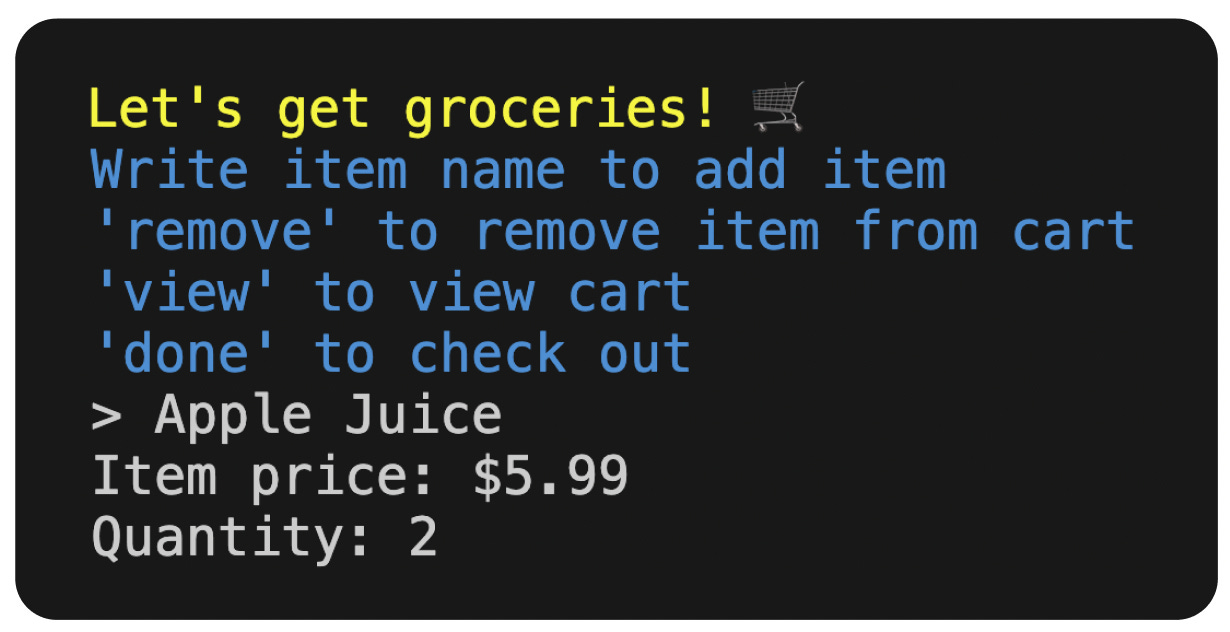

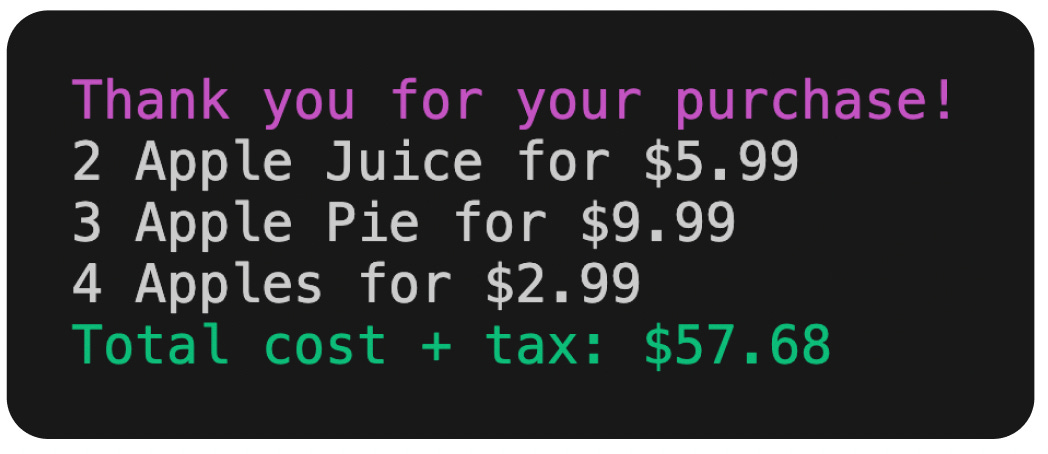
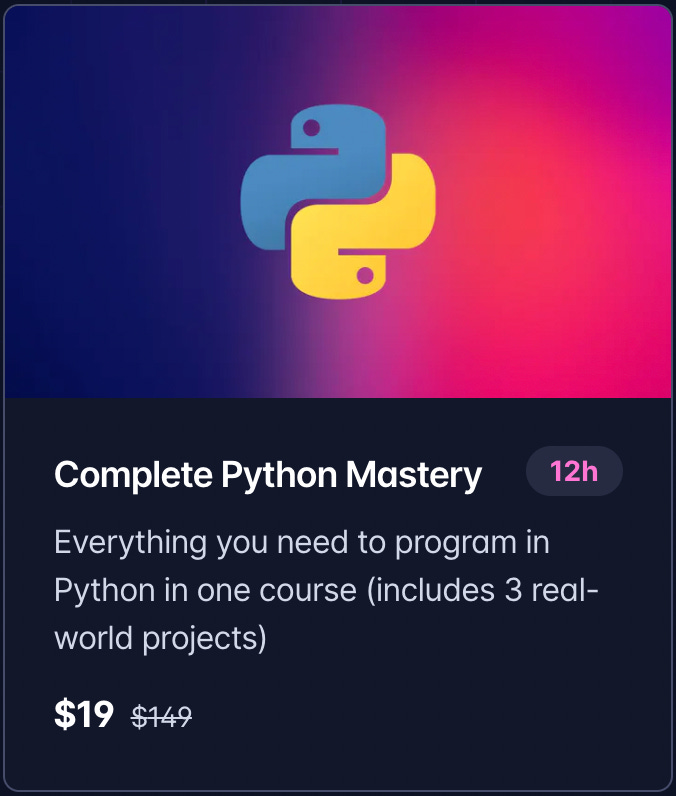
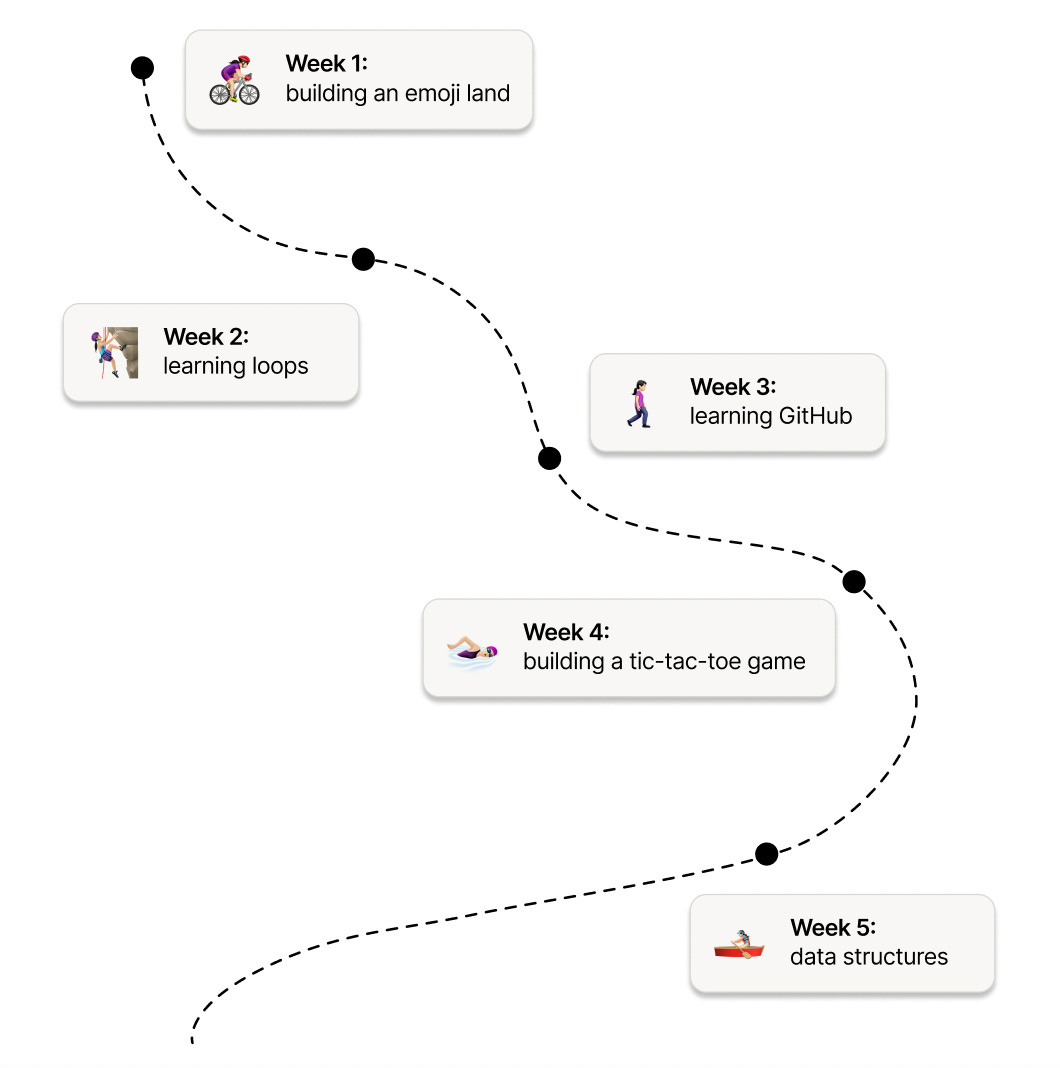
Push on, the plateau of sustainable is within sight.
The fact that you are writing and sharing what you learned shows you are also understanding it. Keep it sharing very useful indeed.